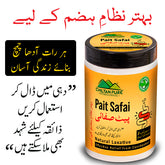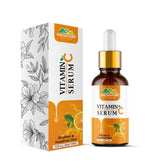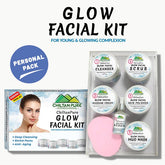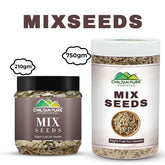Is Soap more effective to kill Covid-19 Rather than Hand Sanitizer?
Is Soap more effective to kill Coronavirus Rather than Hand Sanitizer?The soap takes care of the virus much like it takes care of the oil in the water. “It’s almost like a crowbar; it starts to pull all the things apart,” Thordarson says. Hands are the parts of our body that have the most contact with other people, objects, and our own selves — think about how often you mindlessly touch your face throughout the day. So while head-to-toe hygiene is a high priority for so many people, there's an especially strong focus now on keeping hands clean when it comes to preventing the spread of disease-carrying germs.One side of the soap molecule (the one that’s attracted to fat and repelled by water) buries its way into the virus’s fat and protein shell. Fortunately, the chemical bonds holding the virus together aren’t very strong, so this intrusion is enough to break the virus’s coat. “You pull the virus apart, you make it soluble in water, and it disintegrates,” he says.
The trick is this all takes a little time to happen, and that’s why you need to take at least 20 seconds to wash your hands. First off, your skin is wrinkly, and it takes time for the soap to penetrate into all the tiny folds and demolish the viruses that lurk within. Then the soap needs a few moments to do its chemical work. “You do need a bit of time for all the soap to interact back and forth with the virus particle,” he says. Twenty seconds should do the trick just fine.Soap breaks down pathogens, and you're better off using Aloe Hand Sanitizer over Bar Soap.According to the Centers for Disease Control and Prevention (CDC), alcohol-based hand sanitizers can help reduce the number of germs and bacteria on your hands, but they do not get rid of all types of bacteria. They may also be less effective if you have dirt, grease or other substances on your hands, so should not be used to replace hand washing. If you choose to use hand sanitizers, use one with at least 60% alcohol. So, there is the most famous product Aloe Hand Sanitizer that have more than 70% alcohol and kill germs 99.9%. Now follow the CDC’s recommendations below.
If you choose to use hand sanitizers, use one with at least 60% alcohol. So, there is the most famous product Aloe Hand Sanitizer that have more than 70% alcohol and kill germs 99.9%. Now follow the CDC’s recommendations below.
How to use Hand Sanitizer?Proper hand-washing is best, but when soap and water aren't available, hand sanitizers can help keep your hands clean.
Take-home points:
|




![Red Onion Oil 🧅 Reduces Hair Fall & Accelerates Hair Regrowth [پیاز کا تیل].. Trending.... 🔥 - ChiltanPure](http://chiltanpure.com/cdn/shop/products/red-onion-oil-reduces-hair-fall-amp-accelerates-hair-regrowth-piaz-ka-til-trending-394813_165x.jpg?v=1707464619)
![Red Onion Oil 🧅 Reduces Hair Fall & Accelerates Hair Regrowth [پیاز کا تیل].. Trending.... 🔥 - ChiltanPure](http://chiltanpure.com/cdn/shop/products/red-onion-oil-reduces-hair-fall-amp-accelerates-hair-regrowth-piaz-ka-til-trending-329640_165x.jpg?v=1708127491)
















Leave a comment
Please note, comments need to be approved before they are published.